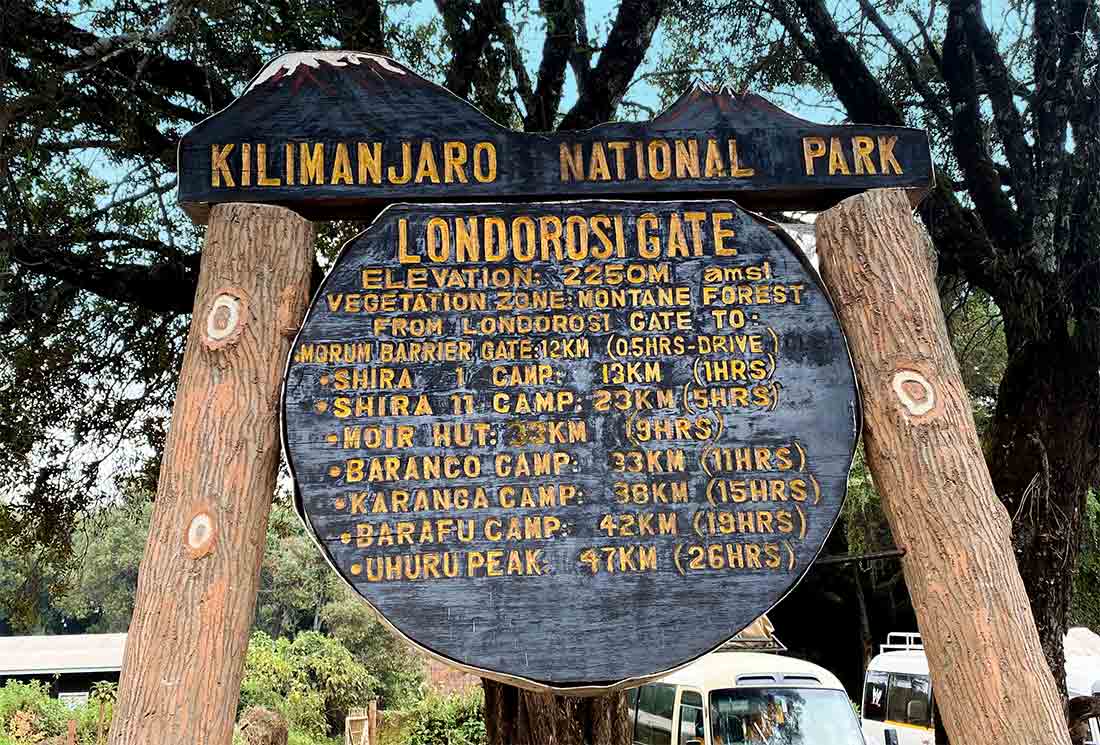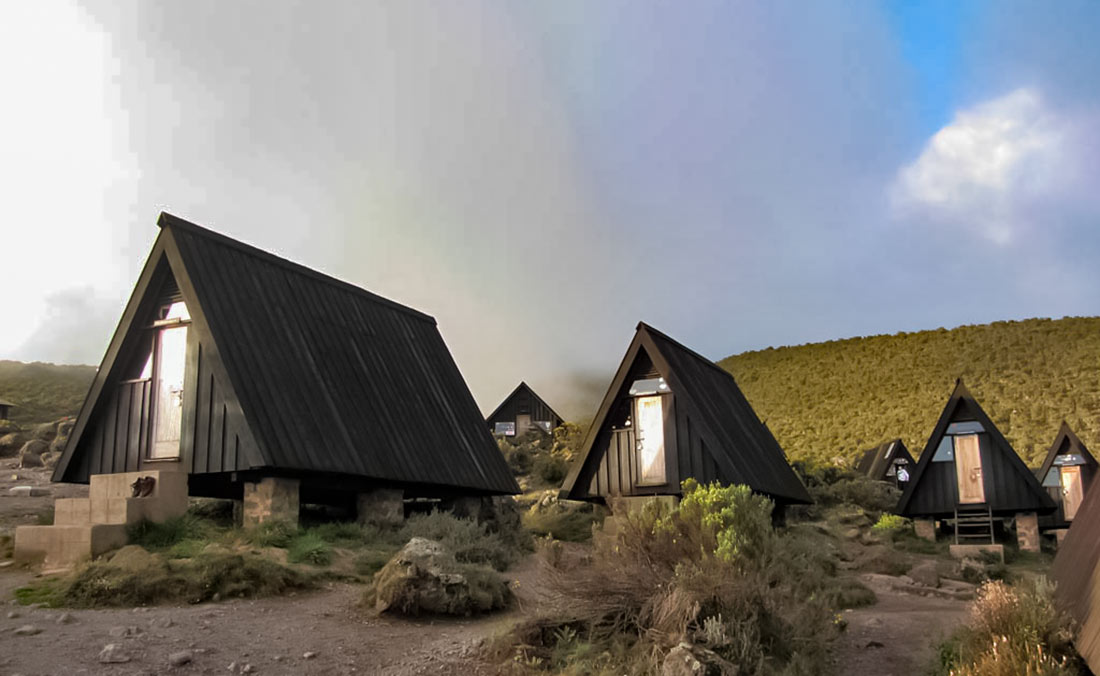You just saw one of your friends post pictures from the summit of Kilimanjaro and now you want to do it. Maybe, it has been a lifelong dream to climb Kilimanjaro, or perhaps a group of friends or family members has asked you to join them. Whatever your reason to climb Kilimanjaro, when it comes to successfully making the summit of Kilimanjaro, choosing the best route is very important. The success rate on Kilimanjaro can vary depending on the route, number of days, and time of year that you choose to climb.
Incidentally, Kilimanjaro National Park doesn’t keep track of the overall success rate of each route. However, some routes do have a higher success rate than others.
Variables by Route
Here are the most popular routes and some of the variables that can factor into making the summit of Kilimanjaro. Keep in mind that the campsites are all established by the Park. You cannot just camp anywhere on Kilimanjaro.
Research has shown that the Marangu route, also known as the “Coca-Cola” route, has the lowest success rate. Part of this is because many companies offer the route in only five days. This of course lowers the overall success rate of the route since five days is not enough time to acclimate. Eight or more is best.
The Machame route, also known as the “Whiskey” route, has a success rate of around 60-70% if done in seven days. On the first day, you ascend fairly quickly, making it a harder route.
The Lemosho route has a success rate of around 90% if done in eight days. However, if attempted in only seven days then it is the hardest of the seven-day routes.
The Rongai route has a success rate of around 60-70%. This is the most gradual of all the routes to the summit. However, it is also the route that novice trekkers climb. This can lead to more unsuccessful summit attempts since new trekkers aren’t usually as prepared as seasoned trekkers and tend to be more willing to abandon their summit attempts.
The Northern Circuit has a more than 90% success rate because it takes a minimum of eight days to reach the summit. Due to its length, only about 1% of all treks are on this route so it rarely gets much traffic.
Both the Northern Circuit and the Rongai routes receive less rainfall than the other routes since they are on the North and Northeast sides respectively.
It’s important to note that these are approximate figures and can change depending on a variety of factors such as weather conditions and the experience level of the climbers.
Our Recommendations
With all these variables, how do you choose your Kilimanjaro Route? Here are our recommendations:
Marangu route
This route is considered the easiest and is one of the most popular routes up Mount Kilimanjaro. The route is well-maintained, with huts and bunk beds provided for climbers. The route is relatively straightforward and does not require any technical climbing skills. However, because you go up and down on the same trail, it can become crowded during peak climbing seasons. For that reason, we only offer it as a six-day private climb. We also recommend it during the rainy season since you will sleep in huts versus tents.
Machame route
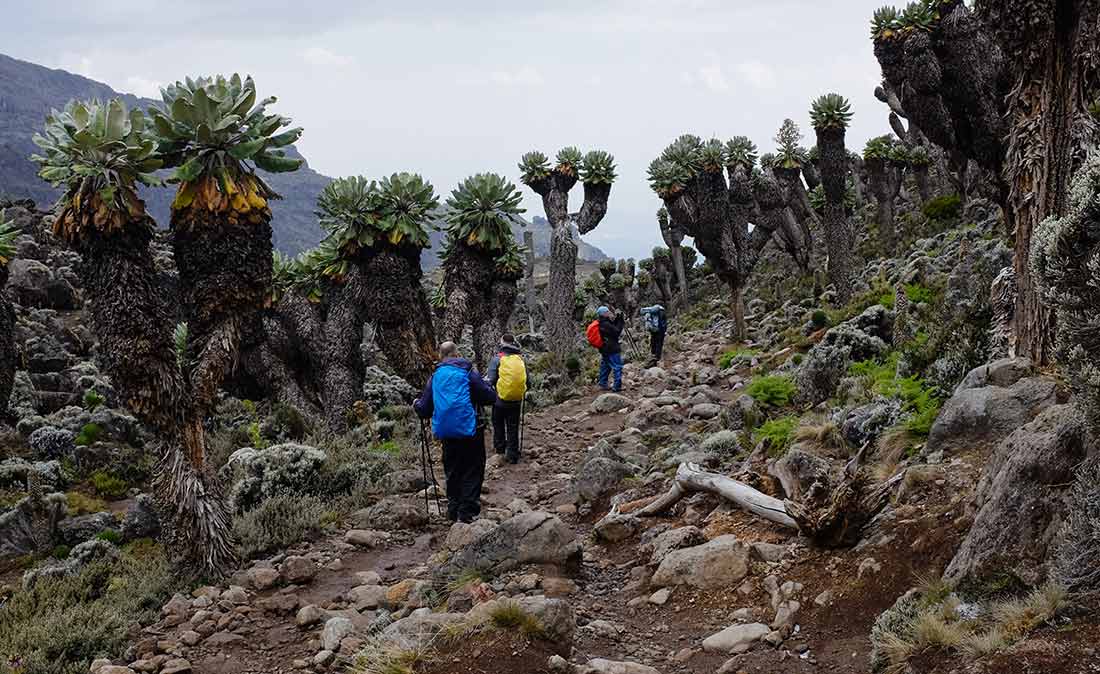
This route is considered more challenging than the Marangu route but is still considered a non-technical climb. It is the most popular route on Kilimanjaro. Approximately 45% of all treks are on the Machame route. It offers more diverse and spectacular scenery than the Marangu route. The Machame route is known for its steep, rocky sections and the Barranco Wall. The Barranco Wall is steep and requires some scrambling. We recommend this route for experienced hikers with not as much time to be away from home.
Lemosho route
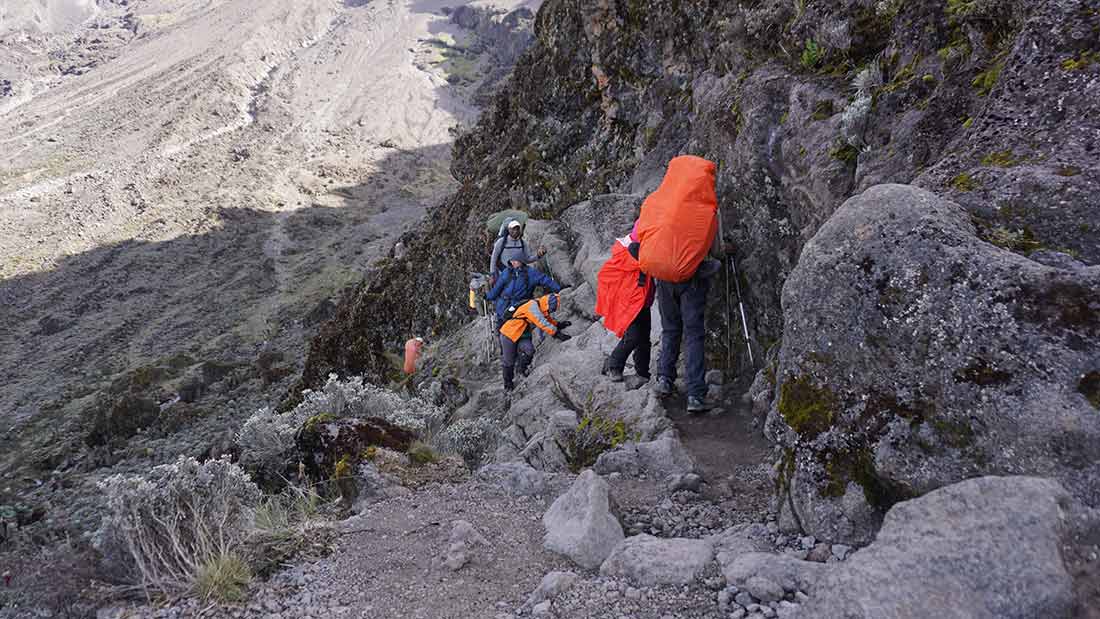
The Lemosho route is the most scenic route up Mount Kilimanjaro. It is also considered one of the most challenging routes and is less traveled. The route starts on the western side of the mountain and traverses the Shira Plateau. From there, you have stunning views of the mountain. The route also passes by Lava Tower and up the Barranco Wall. Both are steep sections that require some scrambling. The Lemosho route is by far our favorite route and we recommend it over all the others.
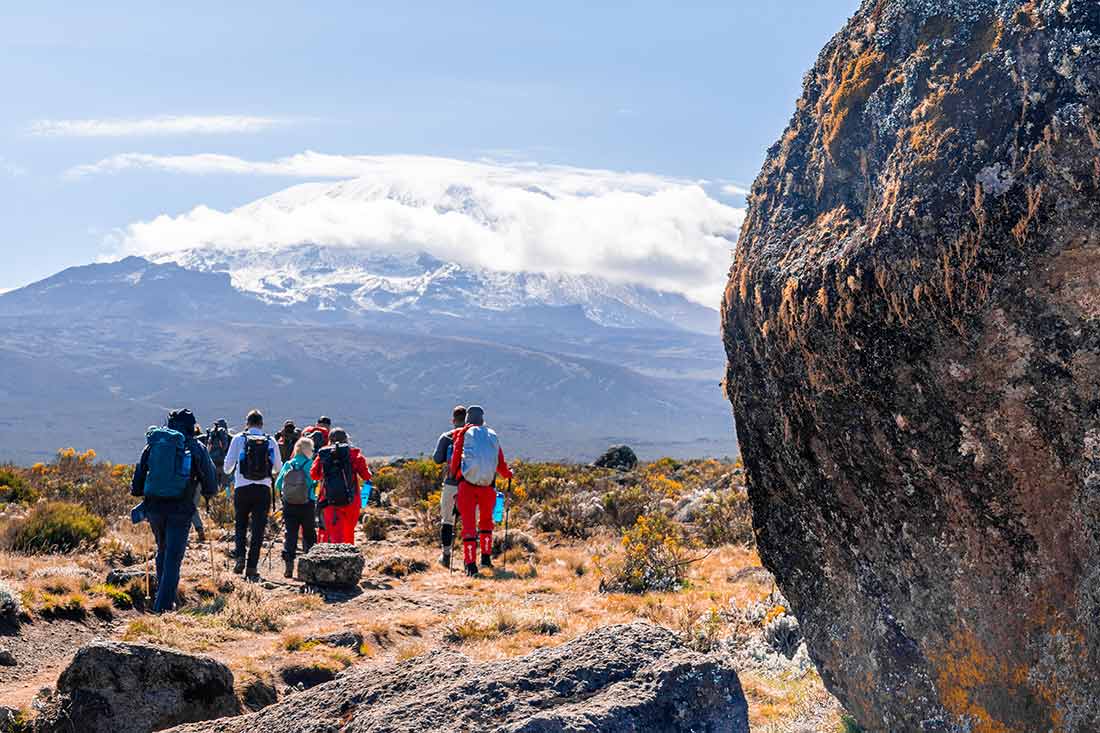
Rongai route
The Rongai route is the only route that starts on the northern side of the mountain. It is considered one of the least-crowded routes and offers a more remote wilderness experience. The route is relatively straightforward and does not require any technical climbing skills.
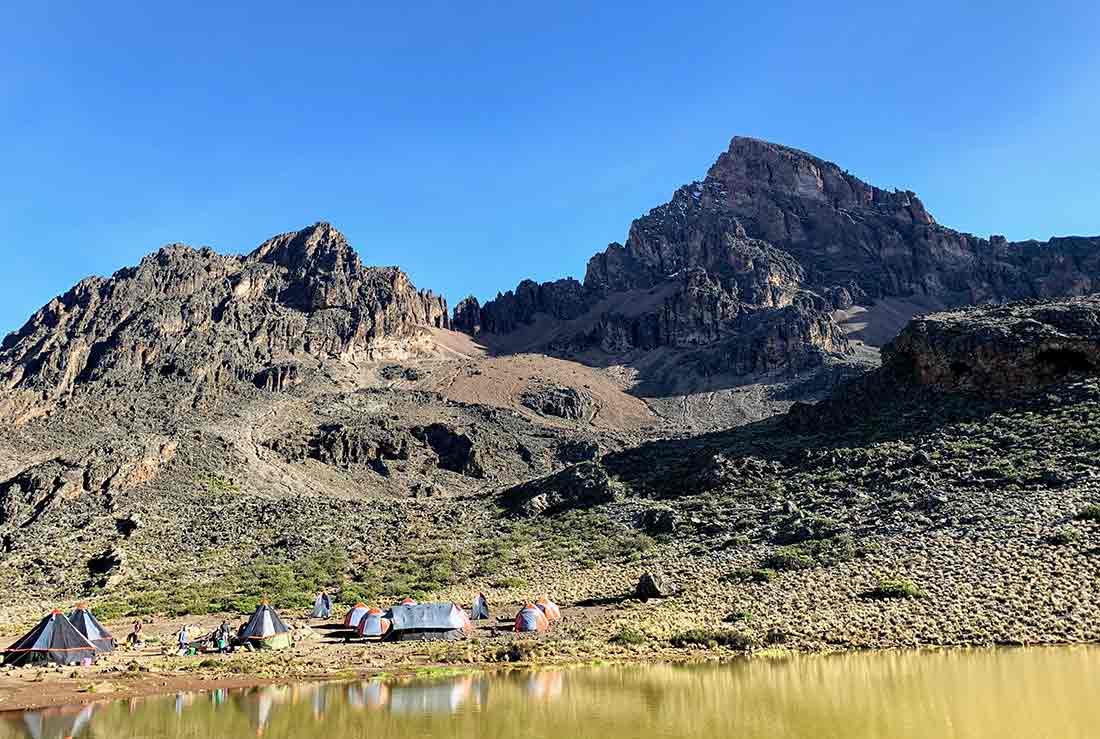
However, the Rongai route can be quite arid. The heat can make it more challenging for climbers. The route passes through the Mawenzi Tarn, which is a beautiful high-altitude lake. If you are new to hiking and trekking and you aren’t used to roughing it, then this is the best route for you.
The Northern Circuit
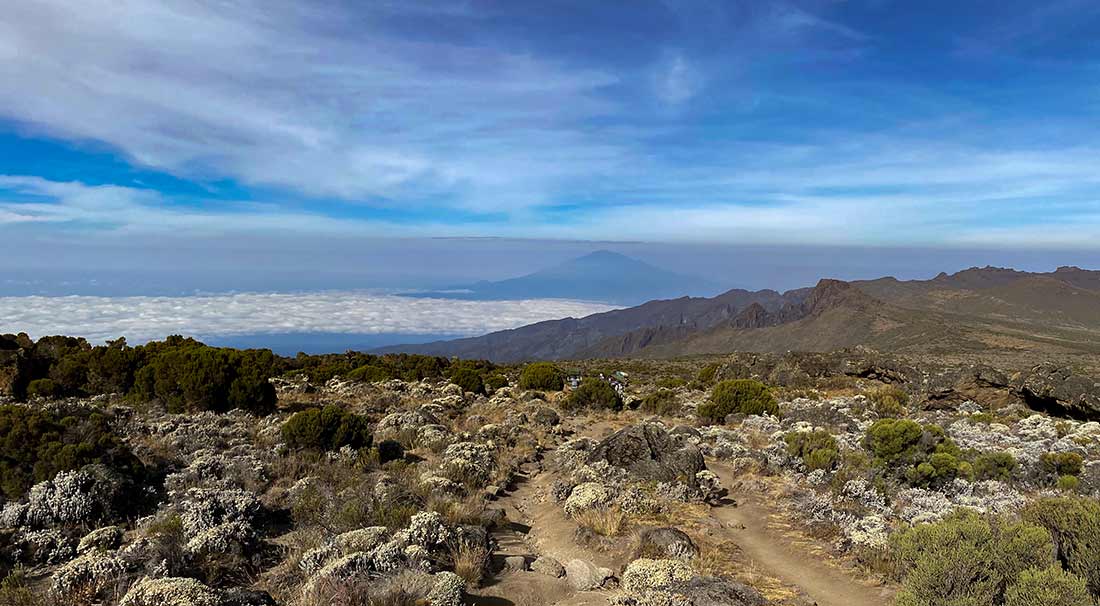
The Northern Circuit is the only route that circles the north side of Kilimanjaro. As we said earlier, less than 1% of all treks are on this route. This makes it quite peaceful with an ample amount of solitude. You also have amazing views of the plains of Kenya below. This is the route we recommend if being alone on the mountain is your goal. This is also the longest route so you’ll need to plan for a couple of weeks.
Route Success Rate
Number of days and percentage
| Route | Days | Success Rate |
|---|---|---|
| Marangu | 6 | 50-60% |
| Rongai | 6 | 50-60% |
| Machame | 7 | 60-70% |
| Lemosho | 8 | 90%+ |
| Northern Circuit | 9 | 90%+ |
Final Thoughts
How you choose your Kilimanjaro route is up to you. Each route has its unique characteristics and challenges, and the choice of which route to take will depend on a variety of factors such as your experience level, the time of year, and the type of experience you are looking for. It’s important to also note that the success rate is not just dependent on the route but on factors such as weather conditions, acclimatization, and the physical and mental preparedness of the individual climber. In the end, it is your choice what route you choose to go with, However, whichever one you choose know that we will do everything we can to safely get you to the summit.

